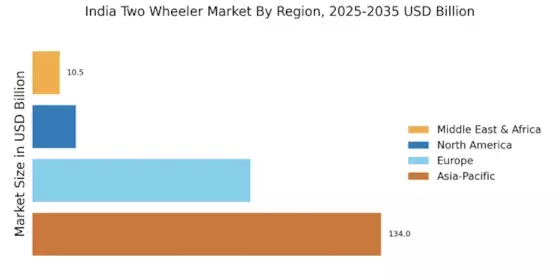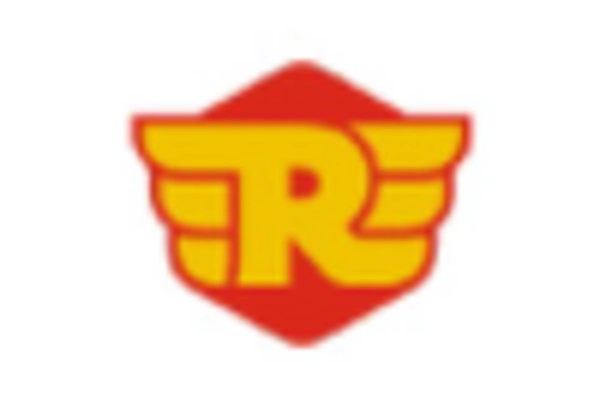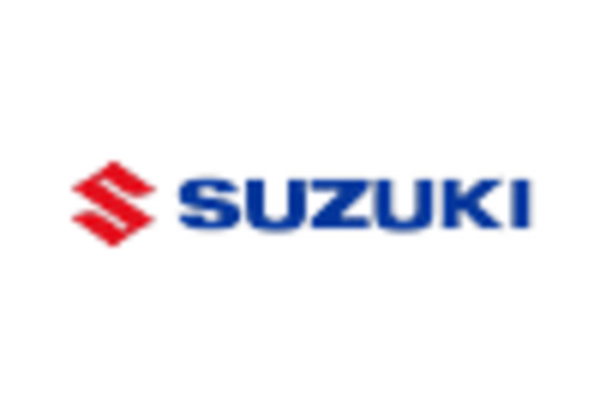Ola Electric Mobility Pvt Ltd
January 2025: Ola Electric launched its new electric scooter model, the Ola S1 Pro+, featuring enhanced battery life and advanced smart features.
February 2025: Ola Electric announced a partnership with local battery manufacturers to boost production capacity for their electric scooters.
March 2025: The company reported a 50% increase in sales compared to the previous quarter, attributed to the successful launch of the new model.
Royal Enfield Ltd. India
January 2025: Royal Enfield unveiled its latest motorcycle, the Classic 350X, which features modern technology while retaining classic design elements.
February 2025: The company announced plans to expand its dealership network in rural areas to increase accessibility.
March 2025: Royal Enfield reported a significant rise in exports, with a 30% increase in sales in international markets over the past year.
News published in 2024 stated that Oben Electric 3 displays entered the show net electric pvt via financial projections aided expansion strategy of south Oben plans to launch four electric two-wheelers in six months, ranging from Rs 60,000 to Rs 1,50,000. Being a Make-in-India brand, Oben Electric is still at the forefront of the change of e-mobility in India for younger audiences by suppressing the increasing need for effective and eco-friendly transportation solutions.
Also, according to the report published in the year 2024, Honda Motorcycles & Scooter India will foray FY 2024-25 into the electric two-wheeler segment. Although this company is the foremost player in the market for Internal Combustion Engine motorcycles and scooters, there is an electric scooter in the making to respond to the demand which is rapidly rising. Additionally, Honda will launch a CB300F flex-fuel motorcycle which can use ethanol blended petrol.
In 2024, Bajaj Auto aims to increase its two-wheeler dealerships vertically from 250 as of the first quarter of FY25 to 500 in the second quarter. The company has been able to increase its market share by using various strategies, including competitive pricing of its products, expanding the dealer network, and introducing low-cost models. Its flagship electric scooter, the Chetak Urbane, has taken head-on the competition, further strengthening its position. These developments have played a key role in improving the two wheeler market share in India, showcasing Bajaj Auto’s growing influence in the industry.
In 2024, the electric vehicle market is also fast catching up to the competition at the level of TVS Motor. The two-wheeler electric vehicle sales in India are expected to cross 30 percent of the market in 2025; hence, there is an aggressive increase in the sales of electric vehicles planned for the next two years.
December 2022: The Tiger 1200 has been unveiled in India, featuring cutting-edge technologies such as a blind-spot radar system, a Showa semi-active suspension setup, a seven-inch TFT display, six riding modes, and a keyless system.
August 2022: Yamaha Motor Pvt. Ltd. has introduced an exciting 2022 Monster Energy Yamaha MotoGP Edition lineup in India. The models include the Supersport YZF-R15M, the Dark Warrior MT-15 V2.0, the Maxi-sports Scooter AEROX 155, and the RayZR 125 Fi Hybrid scooter.


















Leave a Comment